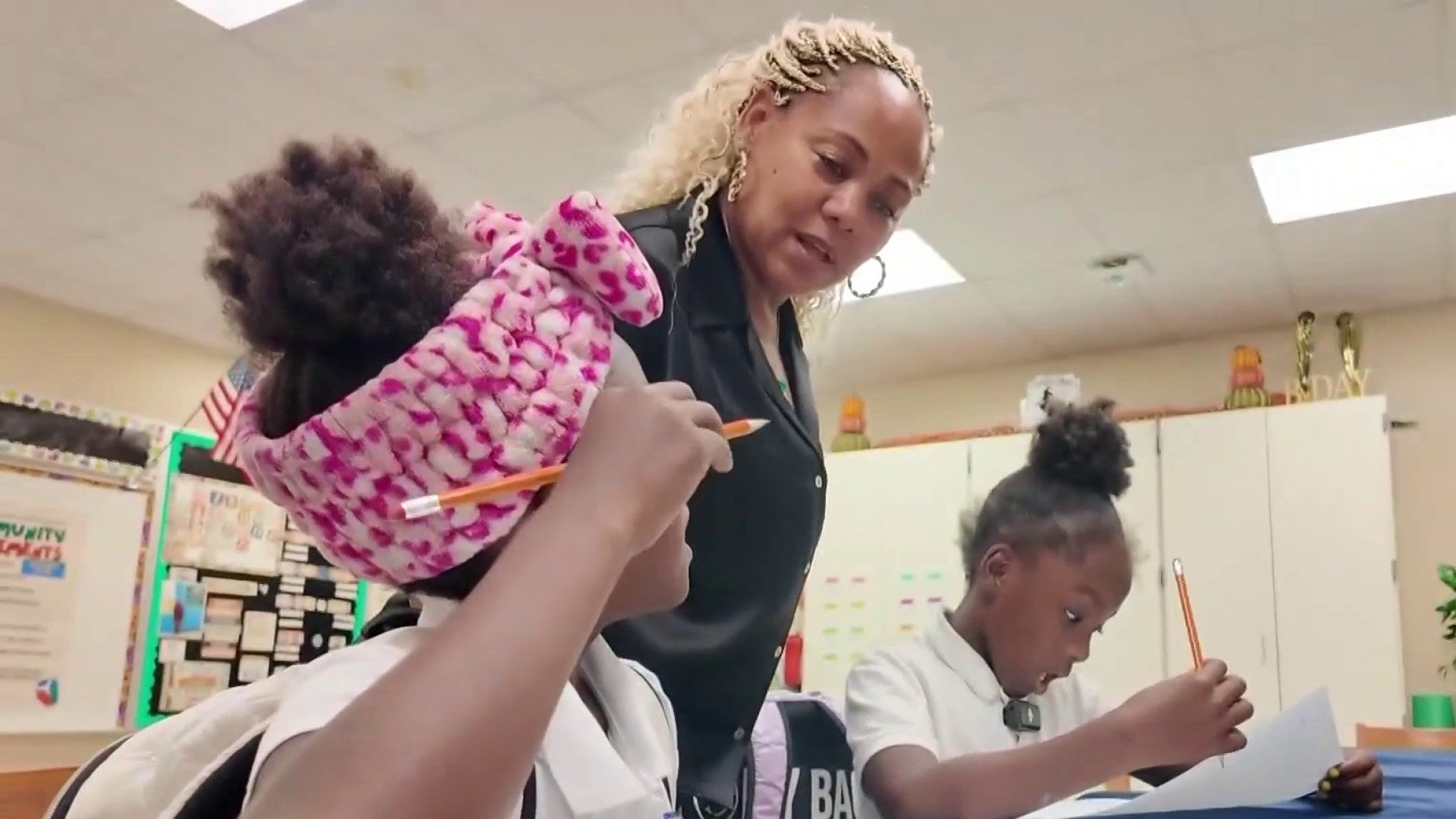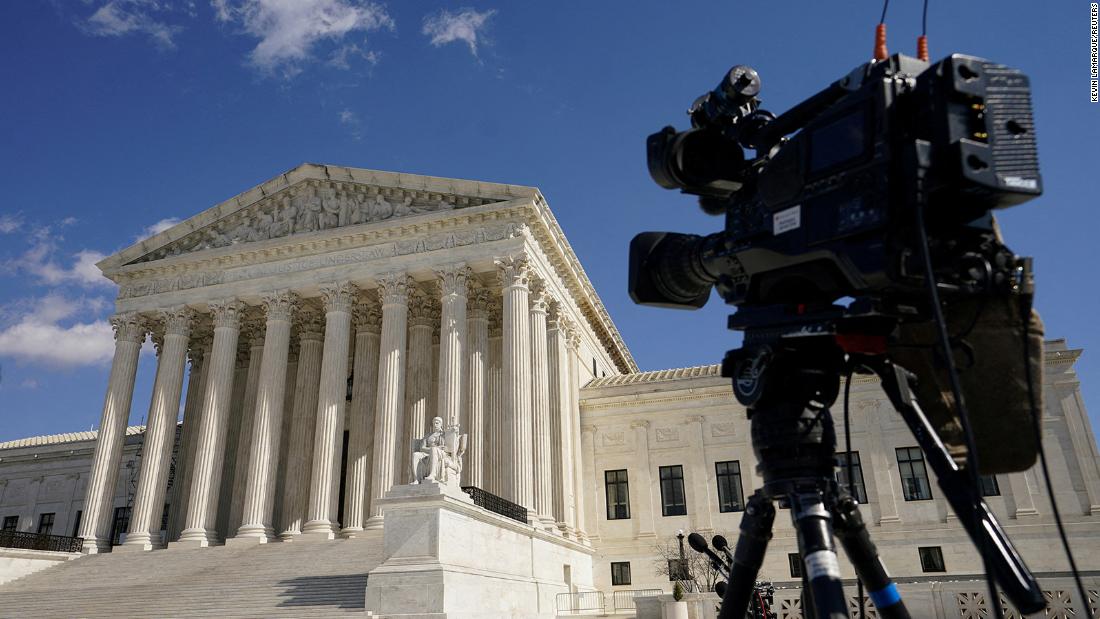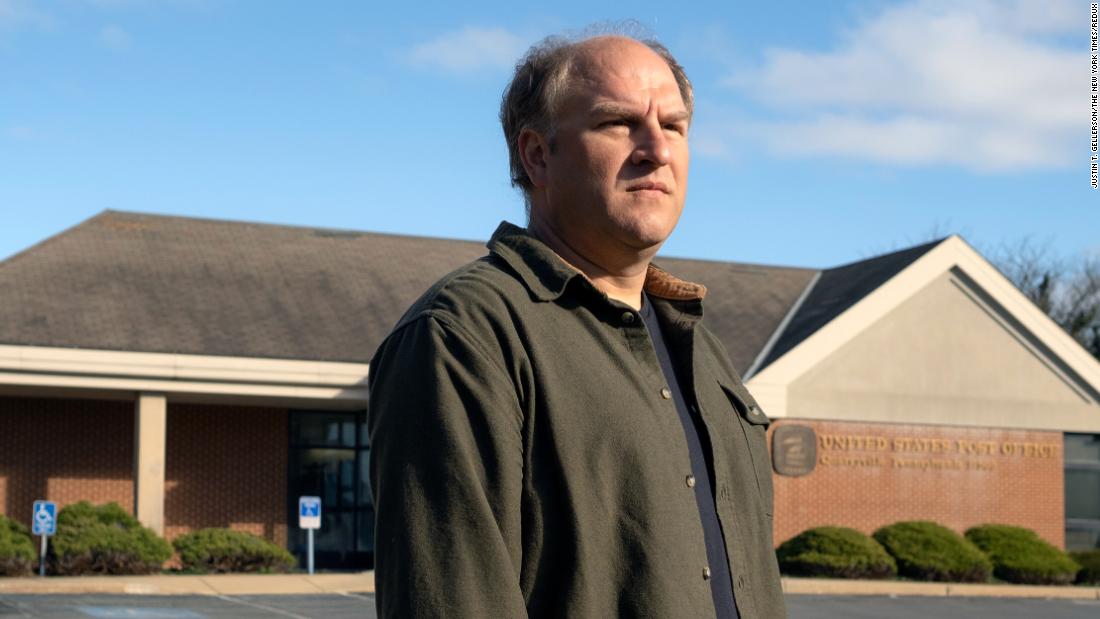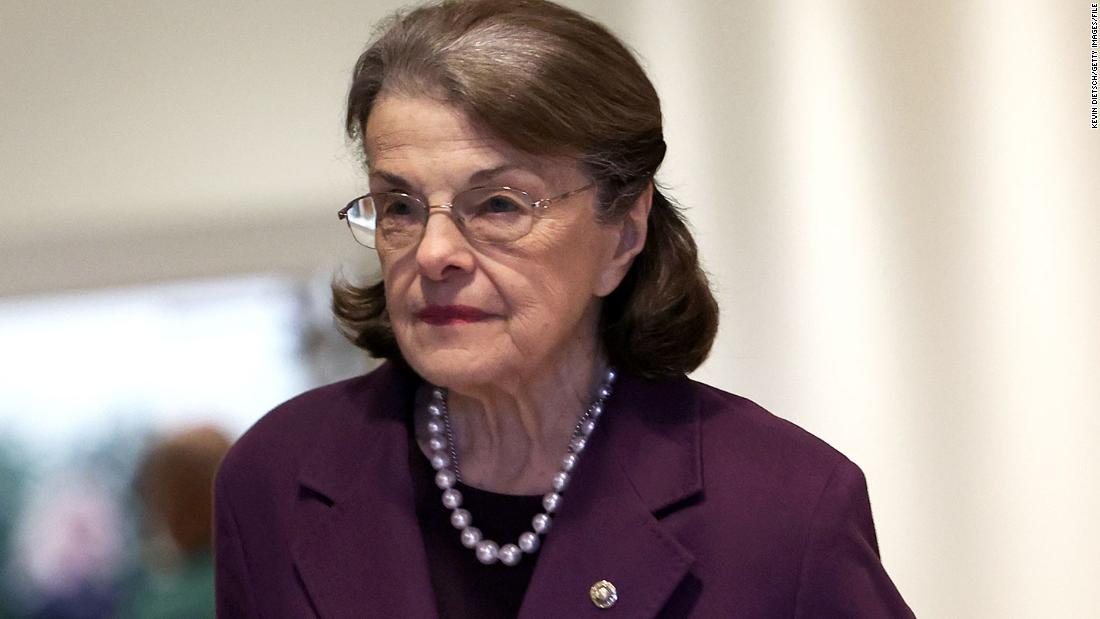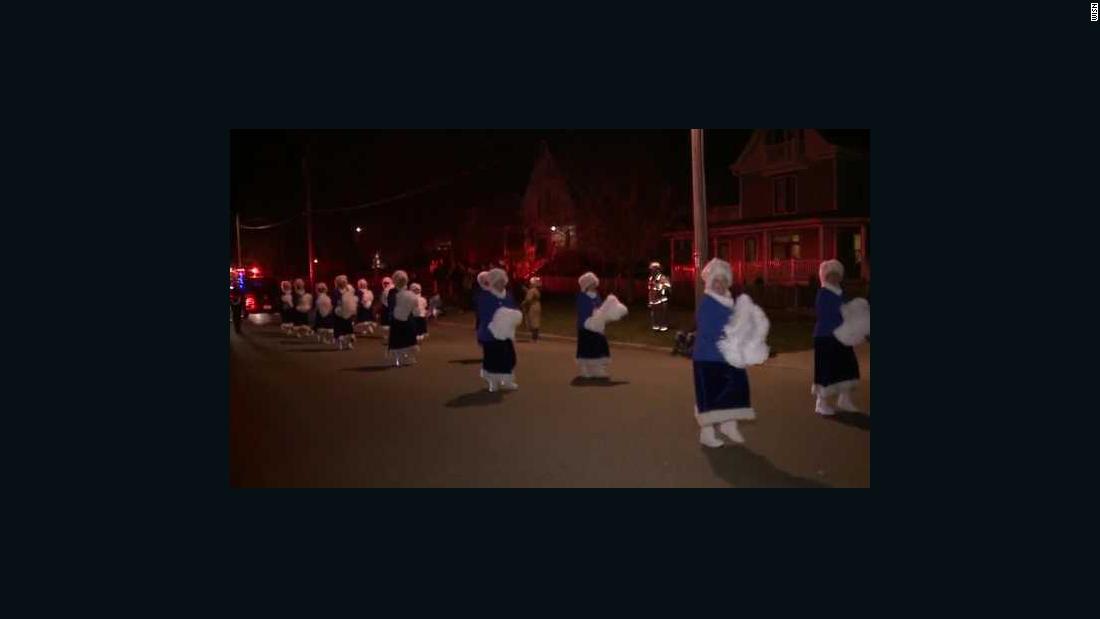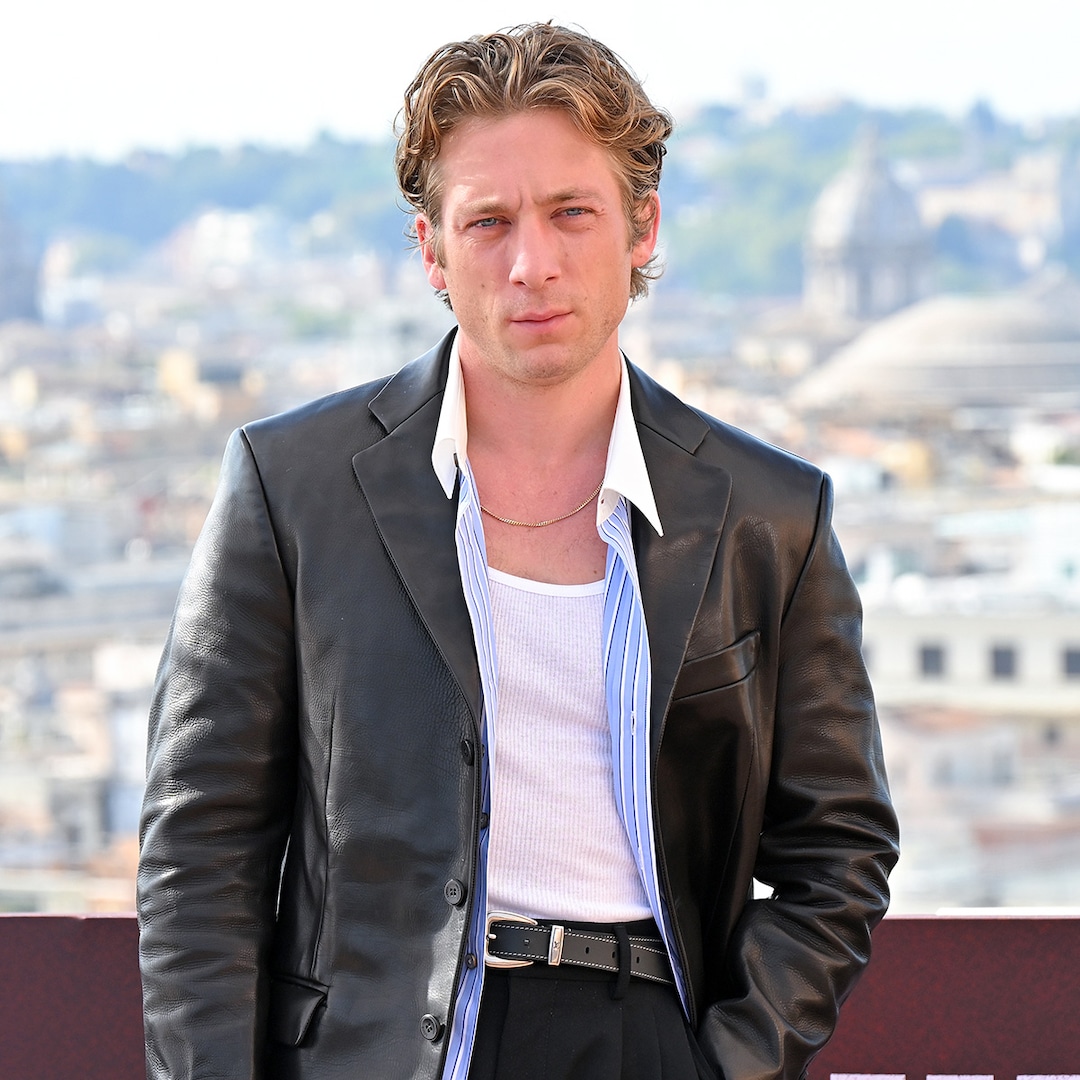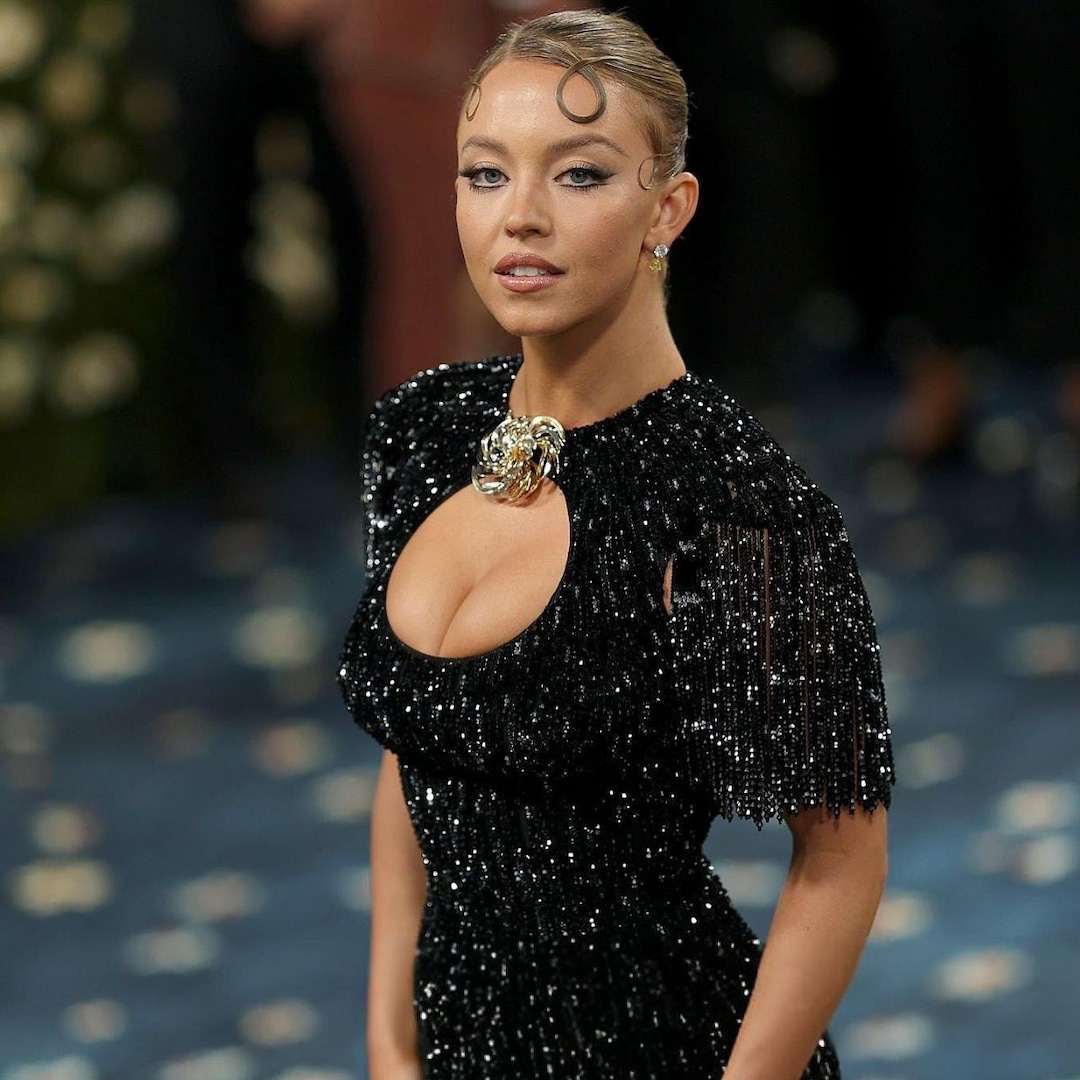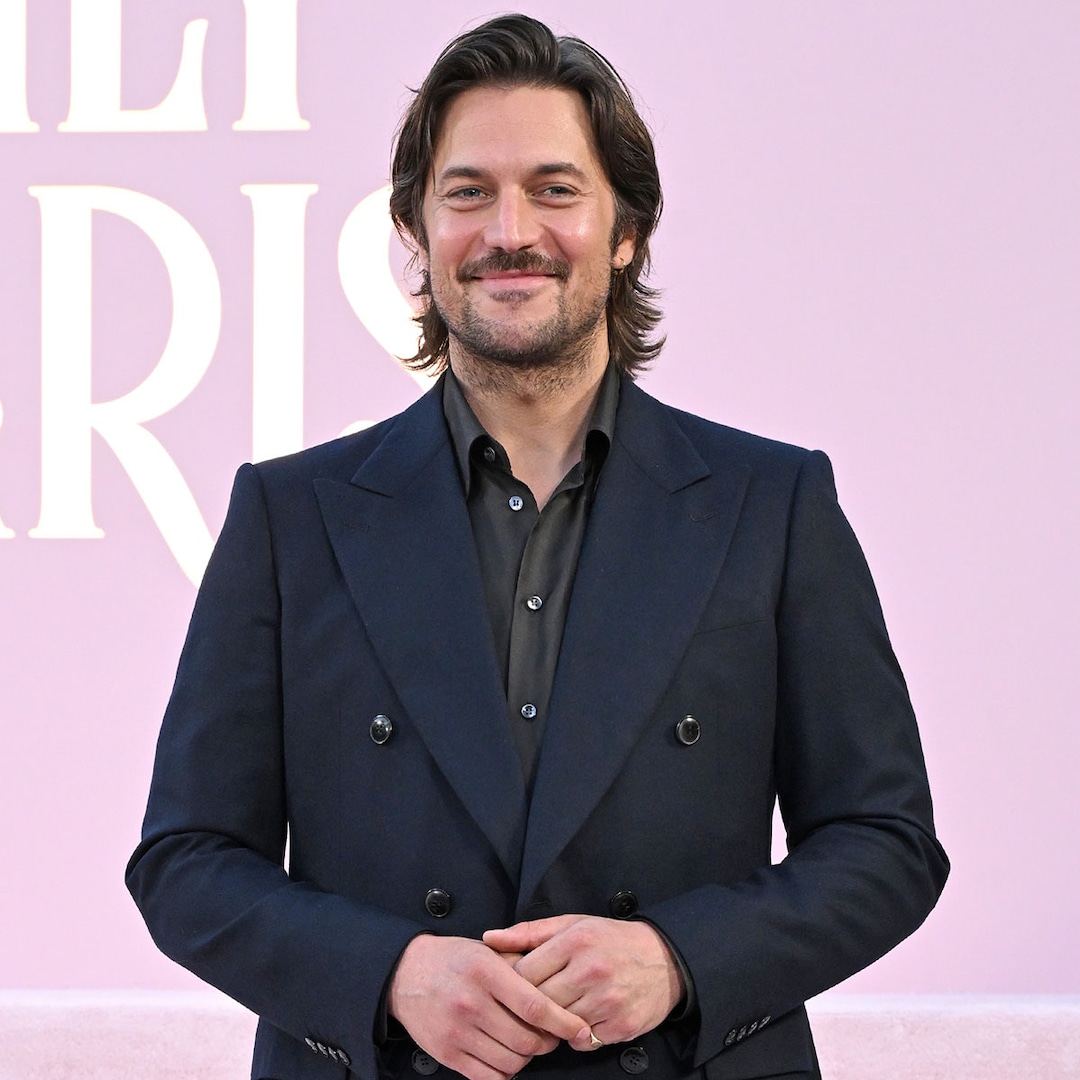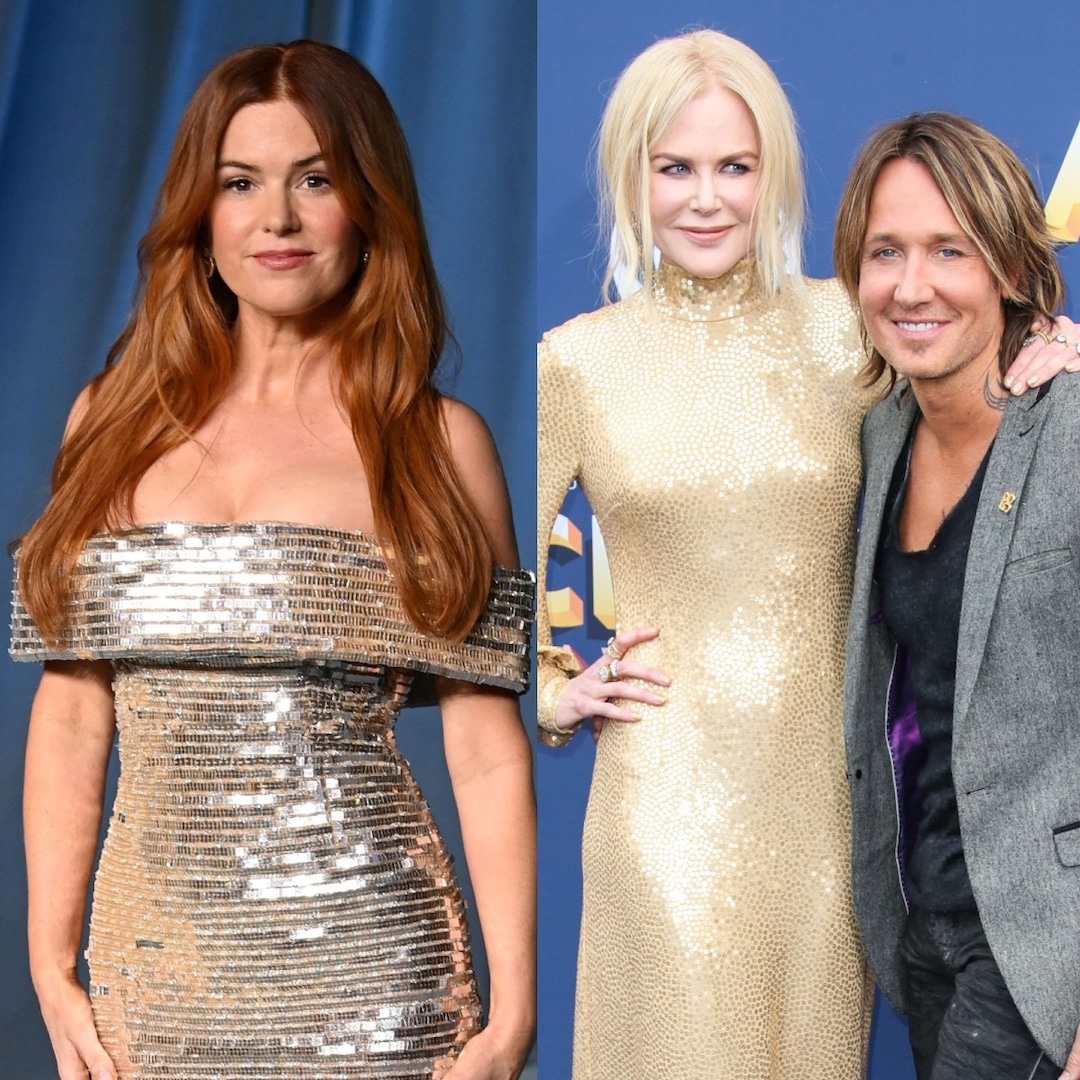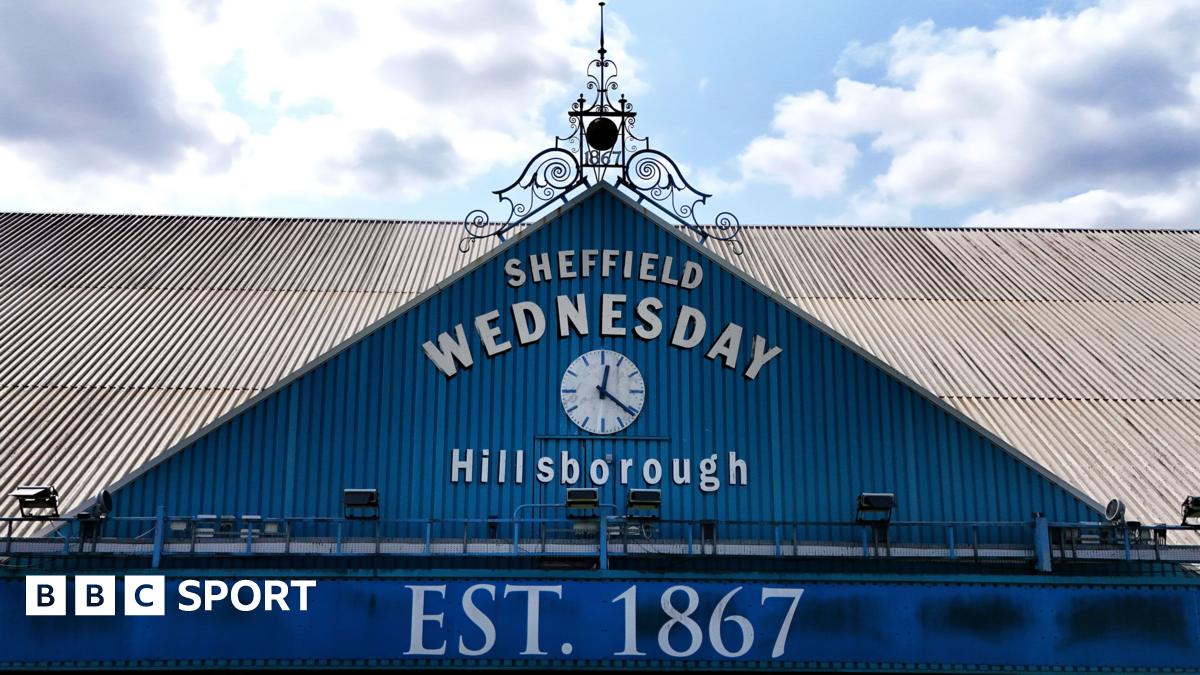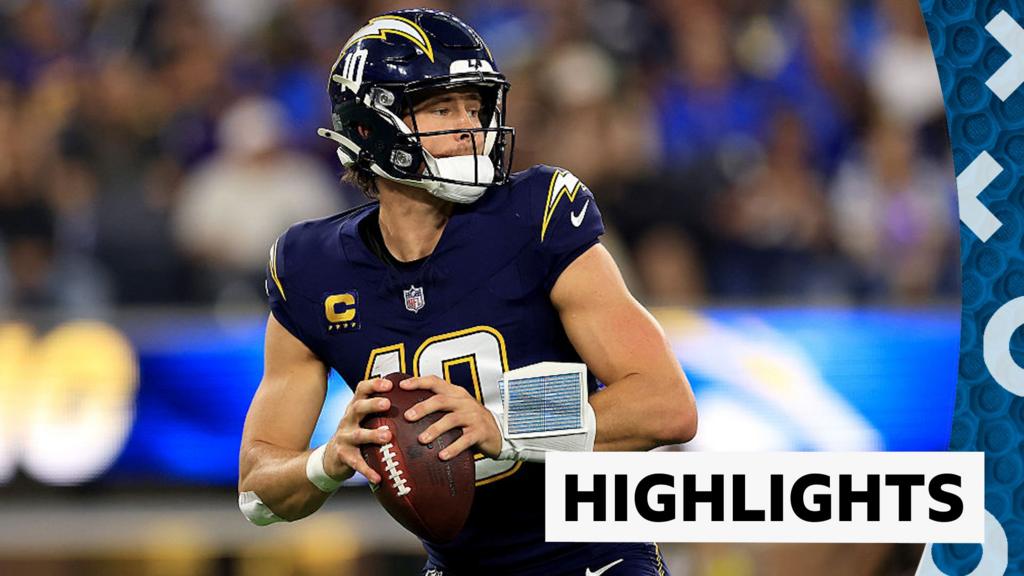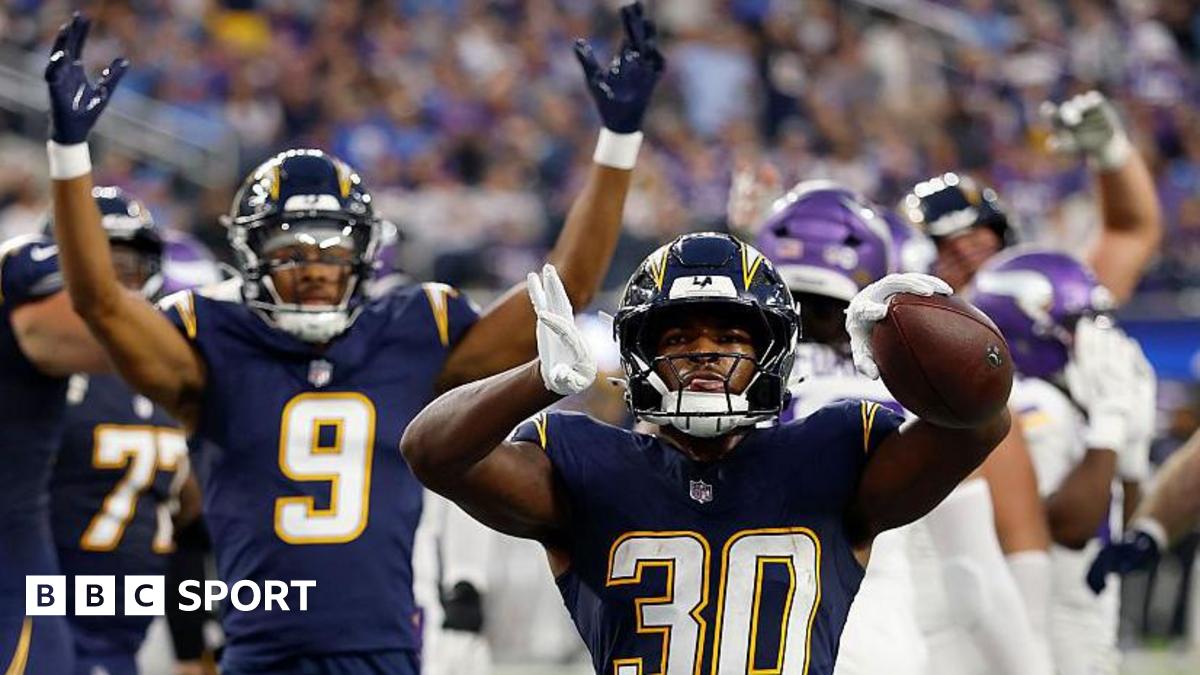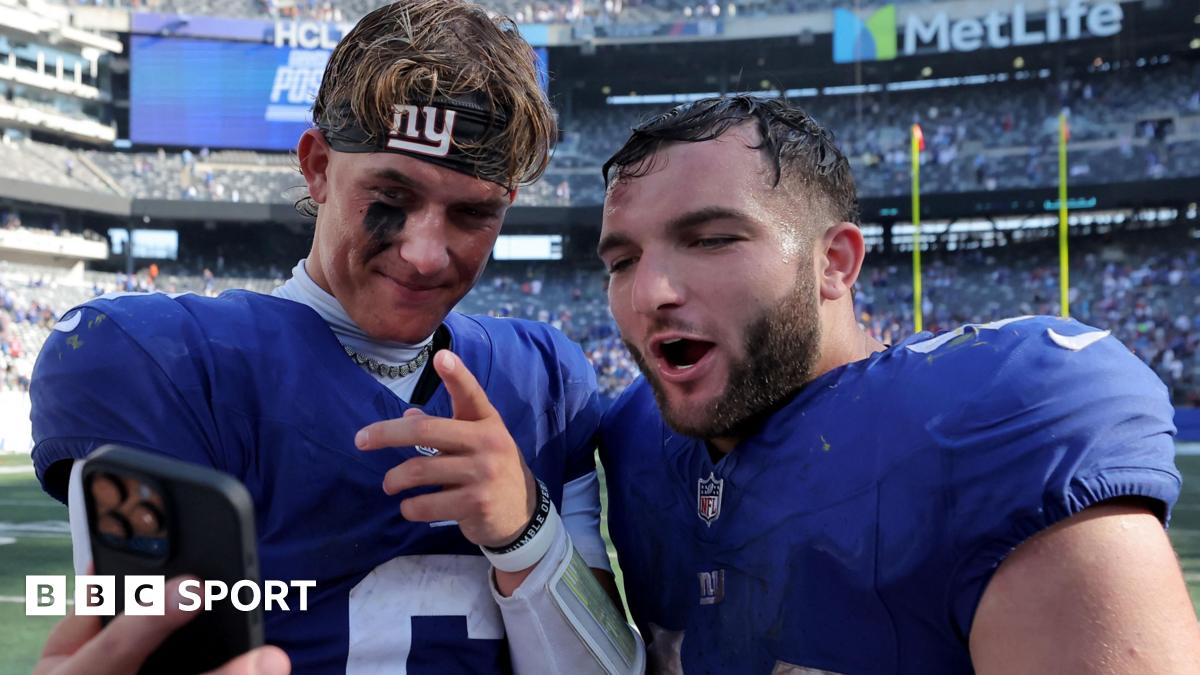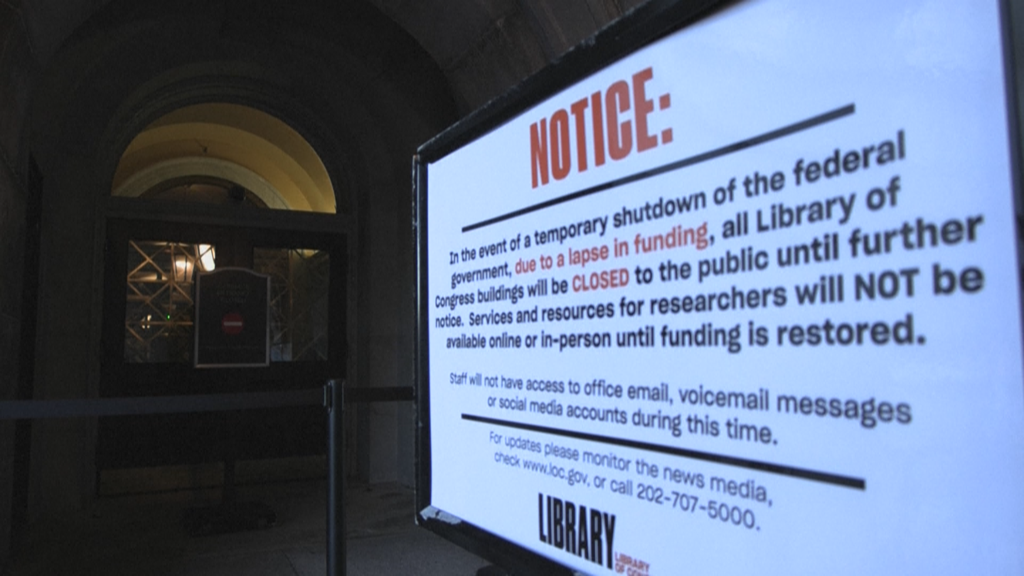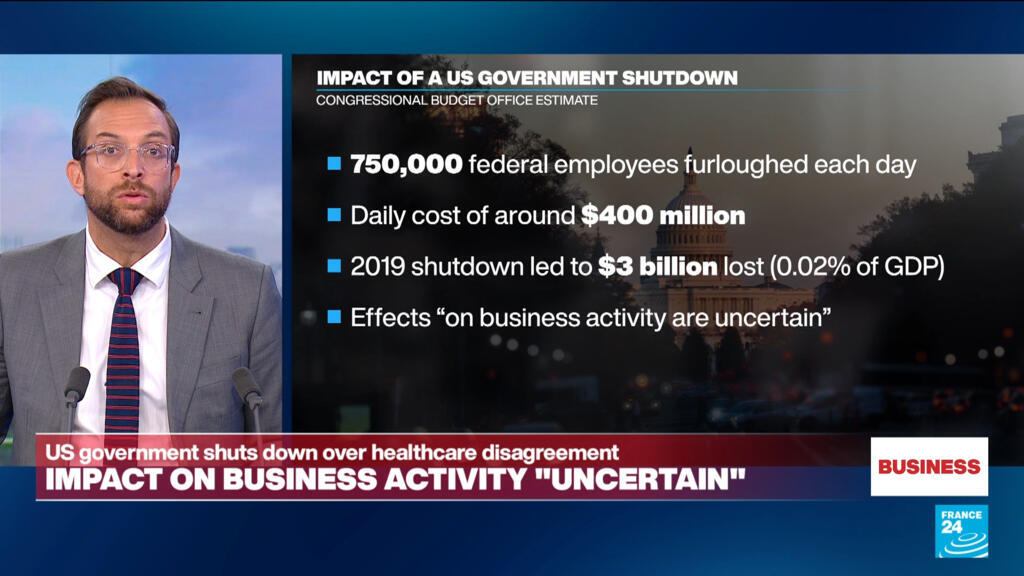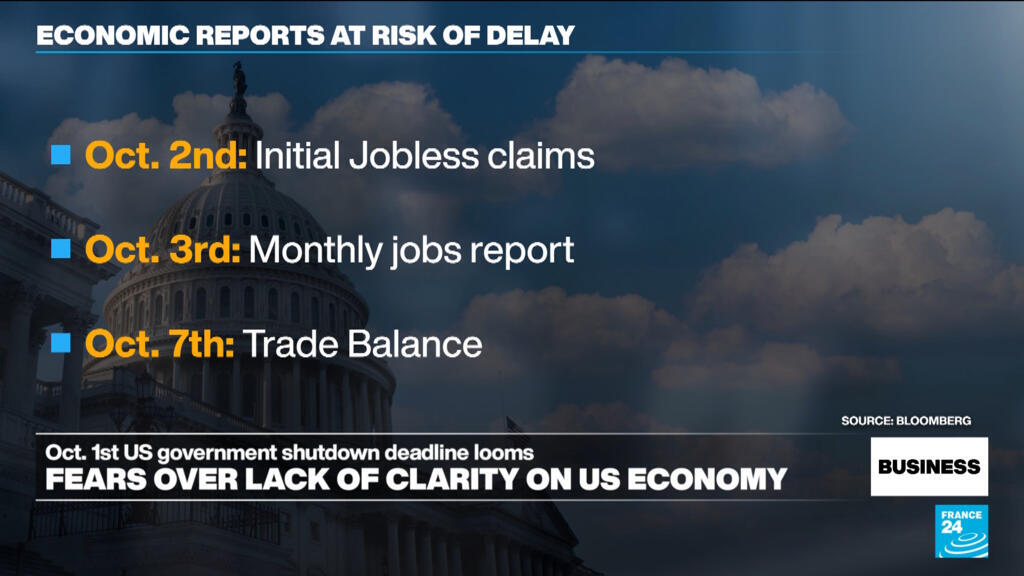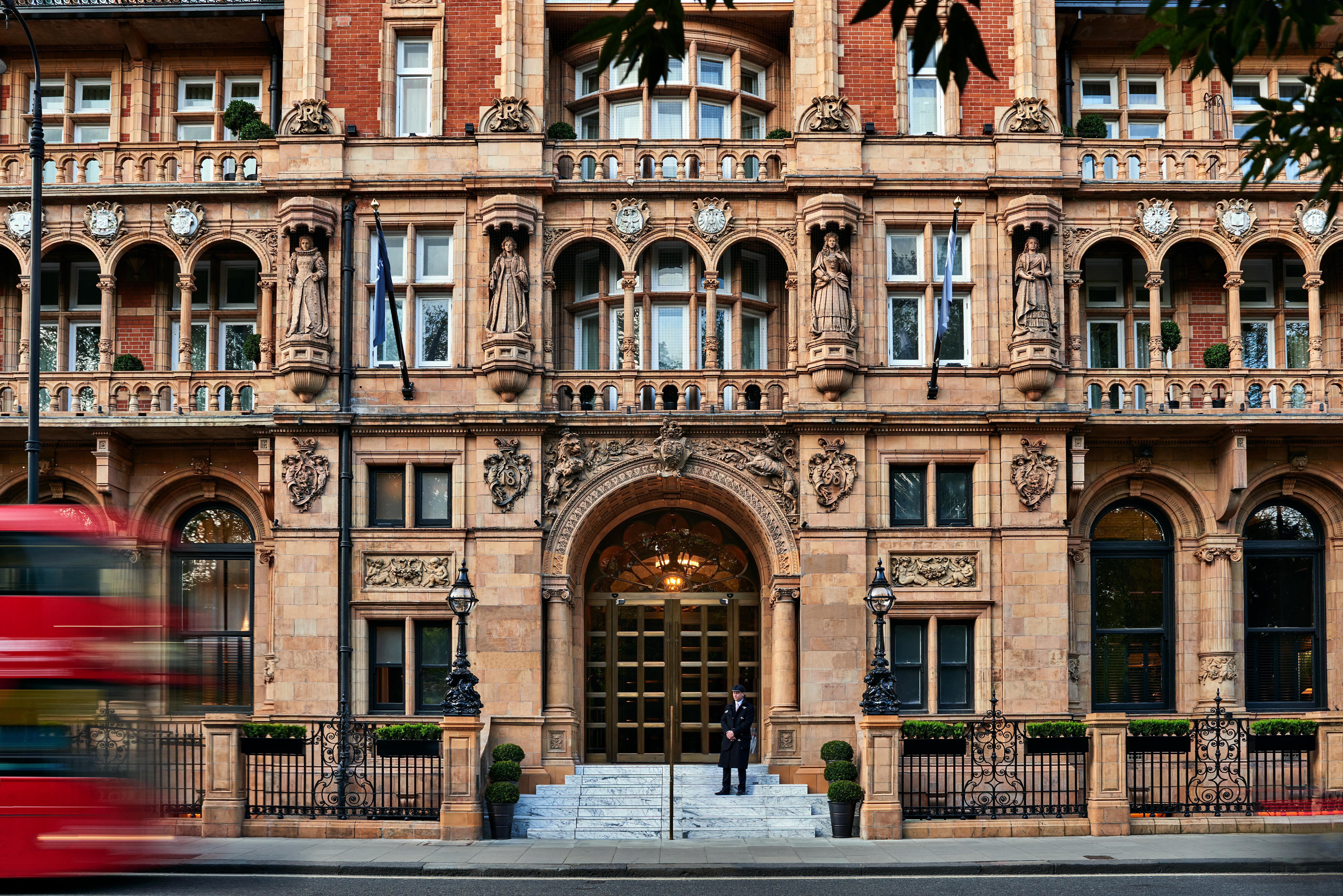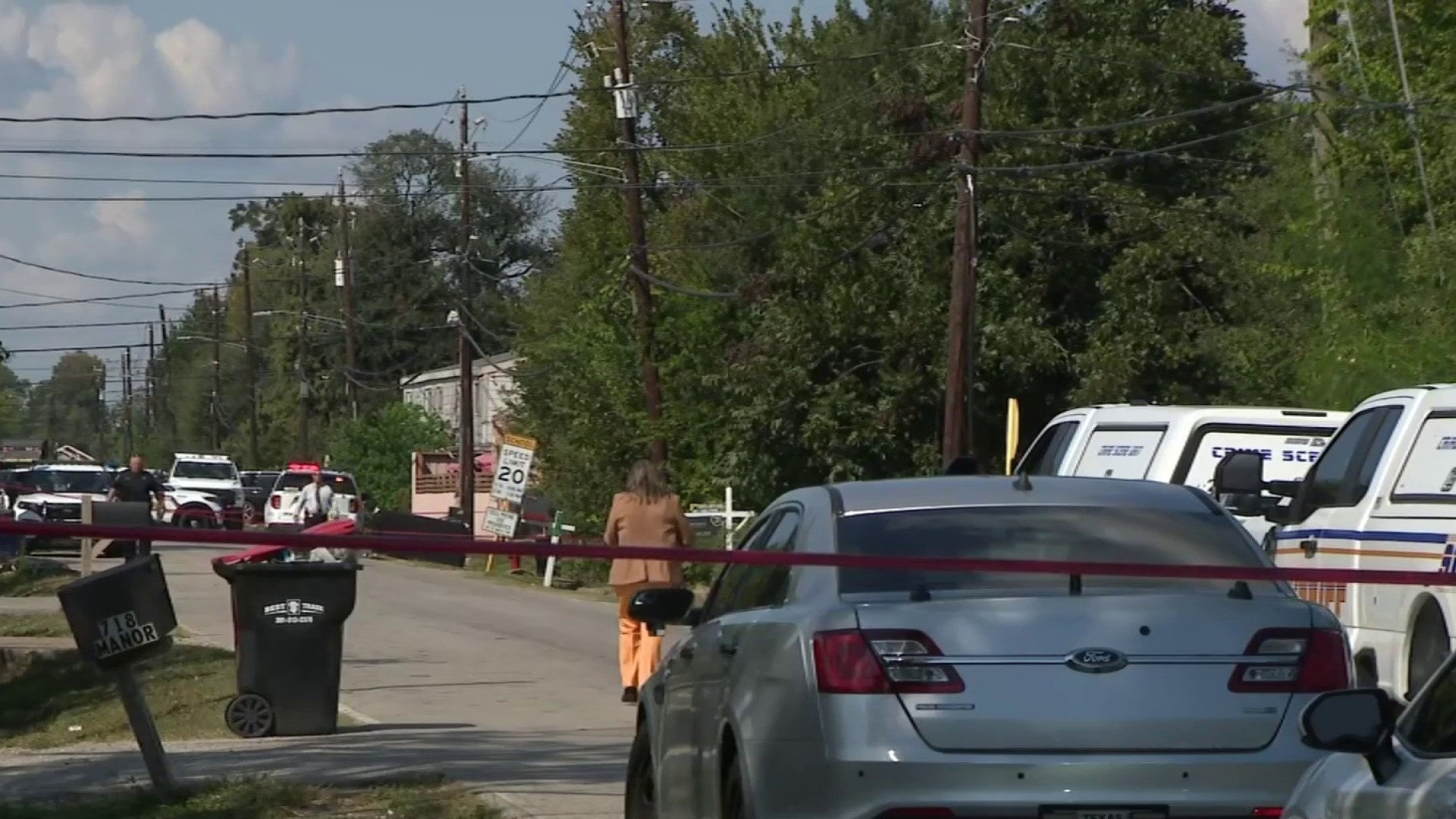Everything You Didn’t Know About Saturday Night Fever
Author Margo Donohue pens a deep and fascinating look at the making and legacy of 1977's "Saturday Night Fever." The post Everything You Didn’t Know About Saturday Night Fever appeared first on Houston Press.


You know Saturday Night Fever, right? John Travolta in the white suit, finger pointing skyward. The thumping and omnipresent disco music of the Bee Gees. The multi-colored lighted dance floor. Maybe you know the bit of trivia that future Nanny Fran Drescher, in a tiny part, asks Travolta’s Tony Manero “Are you as good in bed as you are on the dance floor?”

But when’s the last time you’ve actually seen Saturday Night Fever? And the “real” R-rated version, not the PG cut shown on TV for so many years.
Do you remember it’s actually a fairly gritty urban drama made on a shoestring budget about young people stuck in a rut with dull lives whose only excitement is blowing their entire paycheck on a night of dancing, drugs, and sex? Do you remember characters spouting casual racism, homophobia, and misogyny? The gang rape scene? The suicide?
And that’s not to mention the real-life backstory of a production where the film was based on a “true” piece of magazine journalism by Nik Cohn (later revealed to be mostly utter fiction). The original director John Avlidsen who was replaced three weeks before filming started by John Badham. Who was also dating the much-younger unknown female lead with then-questionable dancing skills? Oh, and the original script was by a well-known screenwriter who just got out of a mental institution.
And nobody thought the guy who played the dim goofball Vinnie Barbarino on TV’s Welcome Back Kotter should even be in a film, much less have to carry it. Especially when his character was not always so likable. Oh, and who the hell are the Bee Gees—weren’t they a ‘60s band?
It turns out that the creation, life, and afterlife of the 1977 film could be a movie in its own right. And it’s all detailed in Margo Donohue’s excellent book Fever: The Complete History of Saturday Night Fever (272 pp., $29, Citadel Press).
One of the more interesting chapters details how Travolta lost 20-30 (accounts vary) pounds to morph from the slightly doughy Vinnie Barbarino to the lean, muscled moving machine that was Tony Manero. Jimmy Gambina’s (who did similar wonders for Sylvester Stallone for the original Rocky) regimen was tough, but Travolta was dedicated.

And while dancer Deney Terrio would make an entire career out of being “the man who taught John Travolta to dance” (which he technically did, for six months before cameras started rolling), Donohue gives more credit to the unsung Lester Wilson for his choreography in the film and dance direction of the star and the rest of the cast for what actually appears onscreen.
Then there’s the iconic white suit. Travolta preferred black, but white showed up better in the darkened dance club. And—of course—heroes wear white. Costumer Patrizia von Brandenstein found it off the rack at a men’s store in Bay Ridge, Brooklyn.
Donohue conducted more than 70 original interviews for the book, from a wide variety of people. The most interesting behind-the-scenes observations come from actors Donna Pescow (Annette), Joseph Cali (Joey), Paul Pape (Double J), and Bruce Ornstein (Gus).
Noticeable by their absence are the reminisces and insight of Nik Cohn, John Travolta, Barry Gibb, and Karen Lynn Gorney. Though a Donohue notes she tried to solicit at least the first three for interviews. It’s a greatly missed opportunity, through no fault of the author.
There are plenty of trivia nuggets. Like how the climactic contest dance scene was supposed to be to Boz Scaggs’ “Lowdown.” But when Scaggs’ manager nixed it, suddenly the Tavares’ “More Than a Woman” entered cinematic history.
And Travolta’s famous solo dance? The actor was rightfully pissed off to find out that it was only shot from the waist up, eliminating any movement on screen of his waist, hips, groin, and legs—what he worked so hard on. The actor and his trainer took off, only returning days later when a reshoot was agreed to. History proved it a right decision.
And the soundtrack? While the Bee Gees were featured prominently with six songs, it also included material by Tavares, Yvonne Elliman, the Trammps, KC & The Sunshine Band, Kool & the Gang, and score composter David Shire (“Night on Disco Mountain).” It spent an astonishing eight months in the No. 1 album spot.
Of course, Donohue notes that none of it would have happened without the instigation, drive, faith, and persistence of one Robert Stigwood, the movie’s producer and champion. Even when nervous studio execs asked him to take out what they thought were too many “fucks, shits and damns” from the dialogue.
A completist, Donohue also covers the film’s much-maligned sequel (1983’s Staying Alive), its 1990s rebirth as a musical, and the film’s lasting legacy.
Who would have thought this gritty urban drama with dance sequences with a $3 million budget (or just over $16 million today) that few people believed in would in 2010 be entered into the Library of Congress and be chosen for preservation by the United States National Film Registry?
And the lasting legacy of Saturday Night Fever? Well, it was the kind of movie that caught the cultural zeitgeist and held onto it for decades. Whether being parodied, studied by intense fans, or the subject of websites, documentaries, and…well…books.
Fever is equal parts fan appreciation and historical journalism, which Donohue balances expertly. It hits all the right (high, falsetto, Barry Gibb-like) notes for anyone who has ever been on a dance floor and pointed to the stars. As Manero and his posse say during the film, “Can you dig it? I knew that you could.”
The post Everything You Didn’t Know About Saturday Night Fever appeared first on Houston Press.


